Oops!
Search Below
Interested in gorillas?
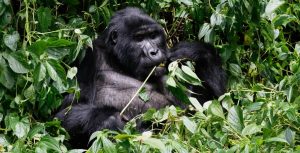
Facts about Mountain Gorilla Diet
DISCOVER AFRICA Facts about Mountain Gorilla Diet Mountain gorillas’ proximity to humans and endangered situation make one wonder what they consume to be so powerful.
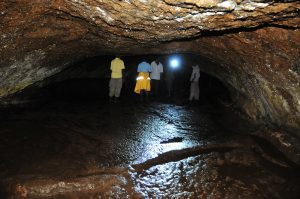
Garama Caves in Mgahinga National Park
DISCOVER UGANDA Garama Caves in Mgahinga National Park Your guided tour of the Garama caverns allows you to learn about the lifestyle of these gatherers
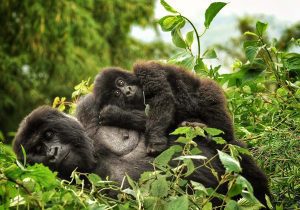
Gorilla Trekking Tours from South Africa
DISCOVER AFRICA Gorilla Trekking Tours from South Africa Gorilla trekking is an exciting pastime that takes people into deep tropical woods in search of endangered
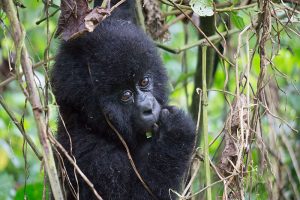
Gorilla Trekking Tours
DISCOVER UGANDA Gorilla Trekking Tours Witnessing a group of mountain gorillas in their lush natural habitat going on about their daily lives without a care
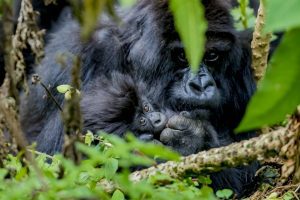
Budget Gorilla Trekking in Uganda
uganda Budget Gorilla Trekking in Uganda Budget Gorilla Trekking in Uganda have subsidized trips that have had their costs reduced to fit the budgets of

